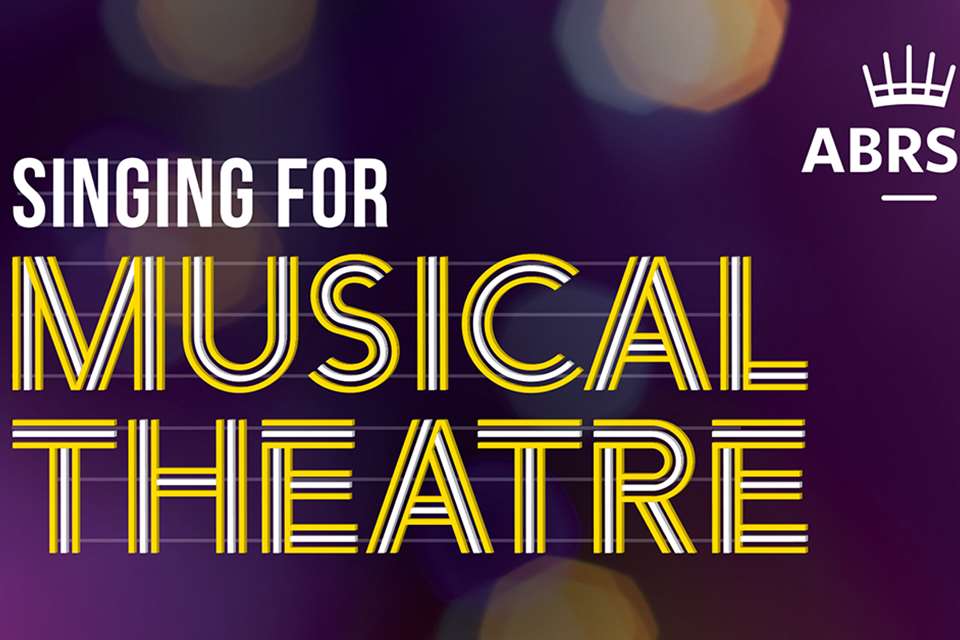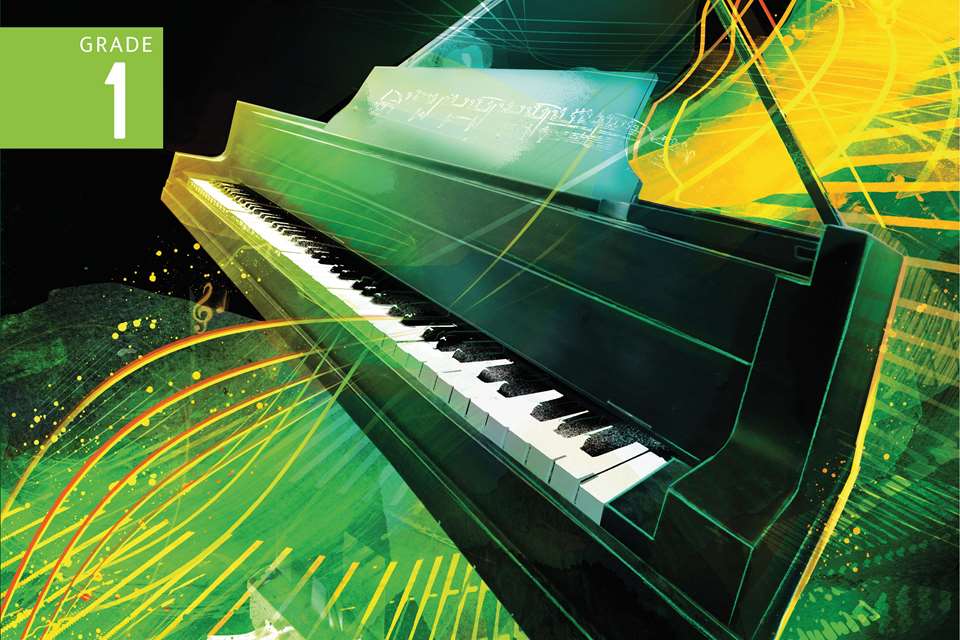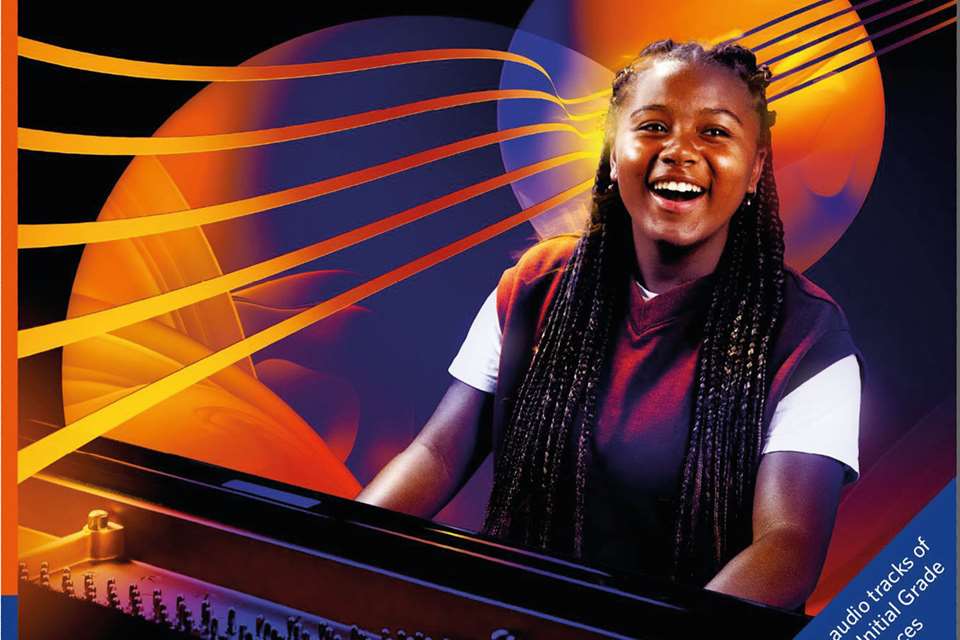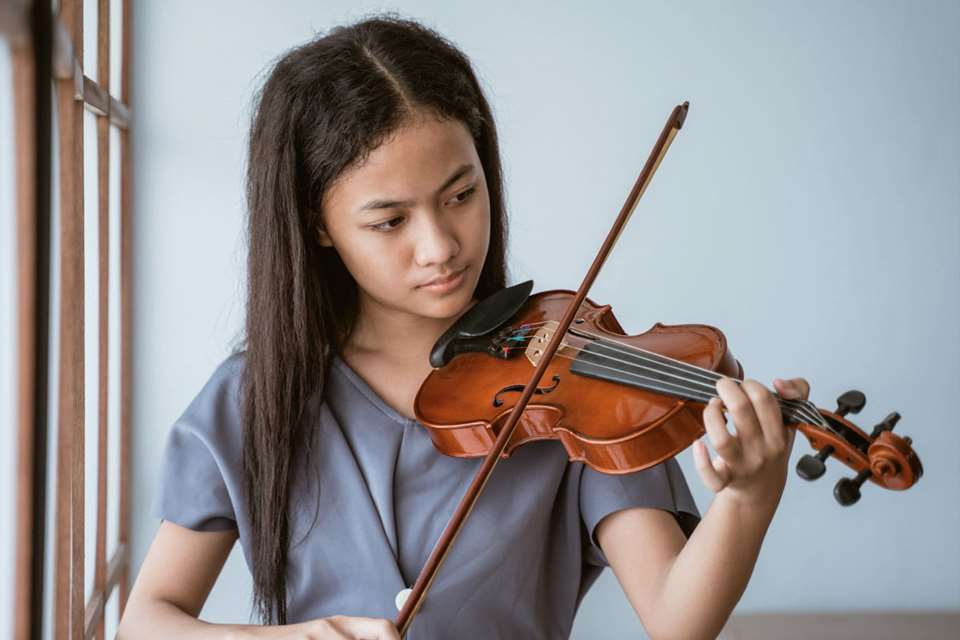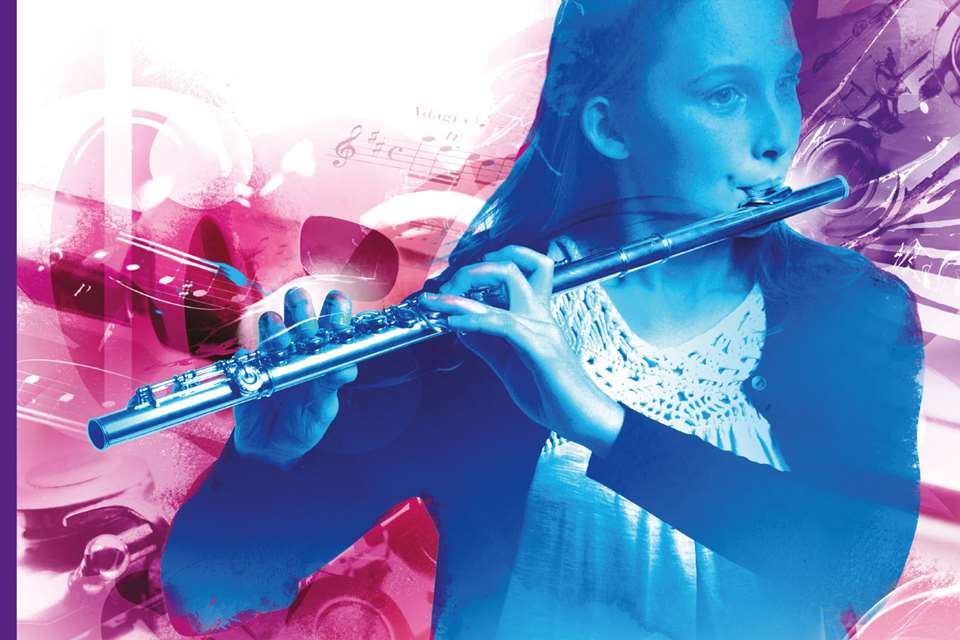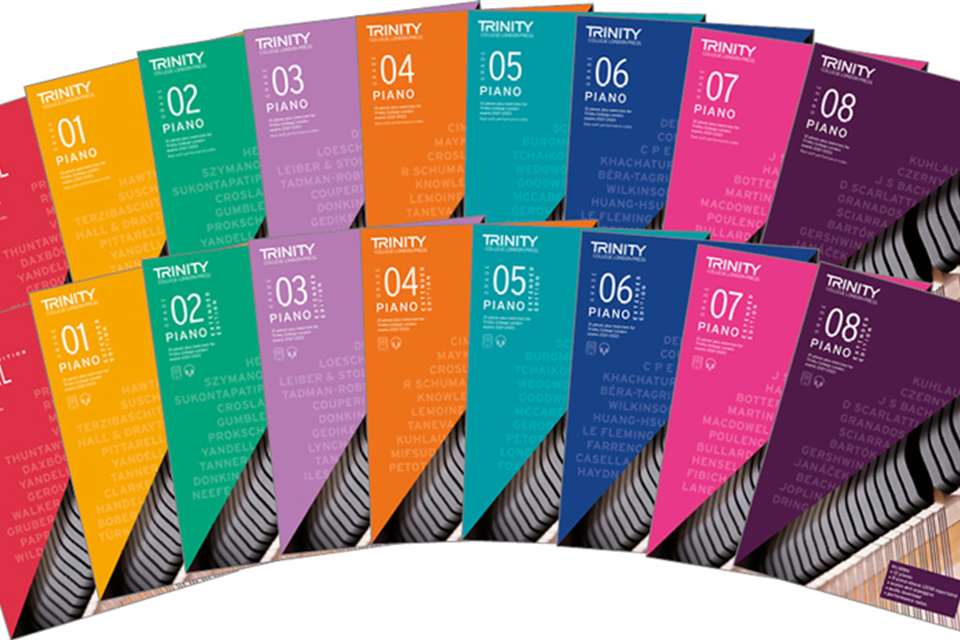Reviews: ABRSM brass syllabus 2023/4
Kay Charlton
Thursday, December 1, 2022
Kay Charlton looks at what is new in ABRSM's 2023 brass syllabus.

A new syllabus usually means a quick look to make sure favourite pieces are still there or making a note of new repertoire books to buy (or to persuade parents to invest in). Often, the changes are minimal, however I would go as far as to say that this new brass syllabus from ABRSM is a radical overhaul. As I compare pieces with my crumpled 2017–2020 booklet (yes, paper), I do see familiar pieces, including the retention of ABRSM's Shining Brass repertoire book, but I also see a new publication, Brass Mix, with its varied repertoire cropping up in all lists across both the practical and performance grades.
The syllabus itself has a lot more information than previously, with a 28-page introduction that includes the expected practical information, but also useful guidance on choosing pieces, programme planning, and notes on musical interpretation. After the lists of pieces there is a detailed breakdown of the marking criteria, with no alterations from the previous syllabus.
Changes
The Practical Grades syllabus points out a number of changes and new initiatives, including:
- Refreshed repertoire lists;
- Shared pieces across instruments at Grades 1–5;
- A duet option at Grades 1–3;
- New scale and sight-reading requirements;
- A new Adapted Instruments Policy for beginners (including the use of plastic instruments).
The biggest change is in List C – this is no longer only unaccompanied studies but can be a solo, a duet, or accompanied by piano. In fact, solos and duets are sprinkled across all three lists: ‘Unaccompanied solos are now optional. They are included across the lists, according to their musical characteristics. Candidates may choose to perform up to two of them.’ Furthermore, the three lists are now broadly grouped by musical characteristics, each with a clear focus, ‘encouraging candidates to play a balanced selection of pieces and demonstrate a range of skills’. I really like this more musical approach:
- List A pieces are generally faster moving and require technical agility, focusing mostly on dexterity and articulation.
- List B pieces are more lyrical and invite expressive playing, focusing mostly on breath control/support and the sound made.
- List C pieces reflect a wide variety of musical traditions, styles, and characters.
In the Practical Grades syllabus, recorded accompaniments are still not allowed; however, in the Performance Grades syllabus, accompaniment may be live or recorded. Performance Grades are also available to take digitally and can be recorded, booked, and submitted whenever is convenient.
Repertoire
In August, ABRSM's newly appointed artistic director Alexis Ffrench said in MT that he wants to make positive changes, making syllabuses ‘more inclusive and reflective of greater cultural, ethnic and gender diversity’ (interview available on MT's website). This syllabus includes pieces across all grades from Brass Mix, a new ABRSM publication in two books, Grades 1–3 and Grades 4–5. The books contain ‘new arrangements of traditional tunes and works by a diverse range of composers’; they cover all the brass instruments and have separate piano accompaniment books. Pieces in Book 1 include brass accompaniment and can be performed as a duet or with piano.
Context
The eight pieces in Book 2 are specially commissioned and each tune has a composer's note, giving the piece context. The first piece by Andrea Price, born in 1985, is called ‘Rapscallion’; her notes say that ‘Rapscallion’ ‘should evoke a mischievous, rascally character. When writing the piece, I pictured a Victorian city scene at night, in which a fleet-footed street urchin bounds over rooftops, dodges smokestacks, and skitters down to their den with their ill-gotten gains.’ This certainly painted a picture in my mind as I played it through and will help youngsters interpret the music mischievously as directed.
It is such a shame, then, that the same wasn't done in Book 1. It contains pieces by Sancho and Coleridge-Taylor, among others; traditional pieces from China, Japan, and Malaysia; an African-American spiritual; and my particular favourite, ‘The March of the Women’ by Smythe. But, there is no context for any of these pieces. Ignatius Sancho was born on a slave ship in around 1729 and grew up to be a celebrated London writer, composer, shopkeeper, and abolitionist. Dame Ethel Smythe was contemporary of Elgar and a suffragette and ‘The March of the Women’ became an anthem for the suffrage movement – with this information I would love to have seen the lyrics on the music. I did an internet search for the Chinese piece ‘Xiao Baicai’, and I found a single PDF of the piece from the ABRSM Songbook (2008) with the note: ‘This is a sad song which should thus be sung very slowly and softly. In this context, “cabbage-face” is a term of affection.’ Background like this would bring each piece to life – a missed opportunity here I feel.
Scales
The scales have also been shaken up, with a ‘focus on technical development and progression, achieved through a realistic and manageable assessment load’. This means that there are new scale books for all instruments, with new scale patterns. From Grade 4 trumpet, for instance, we get E flat major with the extended range of ‘one octave and down to the dominant’ and the dominant seventh is introduced one grade earlier than before.
I'm excited to see the whole-tone scale introduced at Grade 5, as well as the diminished seventh – one grade earlier than previously. At Grade 6, another innovation – scales in thirds! I would have welcomed one more innovation, such as the inclusion of pentatonic scales at all grades. Major and minor pentatonics are found in so much music from folk to jazz and funk, and are a great pathway into improvisation, so it is a shame that ABRSM has chosen to keep these scales exclusively in their jazz exams.
There are new sight-reading books too, with music written as short pieces that ‘reflect the music that players would normally sight-read’ – this is great, as anything that makes exam music relevant to everyday music is welcome.
ABRSM is now one of several choices for taking instrumental or performance grades, so resting on its venerable reputation is not an option. This syllabus shows they are changing, and for the better.


